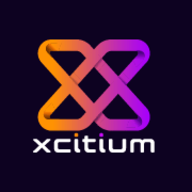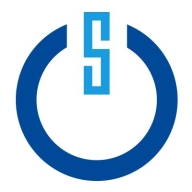

CRITICALSTART and Comodo MDR are competing products in managed detection and response solutions. CRITICALSTART shows strength in customization and threat detection, while Comodo MDR offers comprehensive features and enhanced scalability.
Features: CRITICALSTART is known for deep integration capabilities, robust threat hunting processes, and customization in threat management. Comodo MDR leverages zero-trust architecture, automated incident response, and a holistic security suite.
Ease of Deployment and Customer Service: CRITICALSTART facilitates quick deployment with notable support services, ensuring a smooth transition. Comodo MDR also provides streamlined deployment with unique ongoing support, highlighted by comprehensive training modules.
Pricing and ROI: CRITICALSTART offers a competitive pricing model yielding significant ROI and improved security posture. Comodo MDR may have higher initial setup costs, but its ROI is validated by extensive features and operational efficiencies, offering substantial long-term benefits.
| Product | Market Share (%) |
|---|---|
| Comodo MDR | 0.4% |
| CRITICALSTART | 0.8% |
| Other | 98.8% |

| Company Size | Count |
|---|---|
| Small Business | 4 |
| Midsize Enterprise | 3 |
| Large Enterprise | 4 |
Comodo MDR is a 24/7 Security Operations Center delivered as a Service (SOCaaS). Our
service provides a team of security researchers who extend your IT team to safeguard your IT systems and infrastructure.
Using Comodo SIEM and endpoint management technologies along with threat intelligence from the Comodo Threat Lab, our security experts hunt for vulnerabilities, continuously monitor your IT systems for indications of compromise, and contain advanced threats. We work closely with your IT team to prioritize and fix security flaws and remediate issues.
The cybersecurity landscape is growing more complex by the day with the arrival of new threats and new tools supposedly designed for combating them. The problem is it’s all creating more noise and confusion for security professionals to sort through.
CRITICALSTART is the only MDR provider committed to eliminating acceptable risk and leaving nothing to chance. They believe that companies should never have to settle for “good enough.” Their award-winning portfolio includes end-to-end Professional Services and Managed Detection and Response (MDR). CRITICALSTART MDR puts a stop to alert fatigue by leveraging the Zero Trust Analytics Platform (ZTAP) plus the industry-leading Trusted Behavior Registry, which eliminates false positives at scale by resolving known-good behaviors. Driven by 24x7x365 human-led, end-to-end monitoring, investigation and remediation of alerts, their on-the-go threat detection and response capabilities are enabled via a fully interactive MOBILESOC app.
We monitor all Managed Detection and Response (MDR) reviews to prevent fraudulent reviews and keep review quality high. We do not post reviews by company employees or direct competitors. We validate each review for authenticity via cross-reference with LinkedIn, and personal follow-up with the reviewer when necessary.